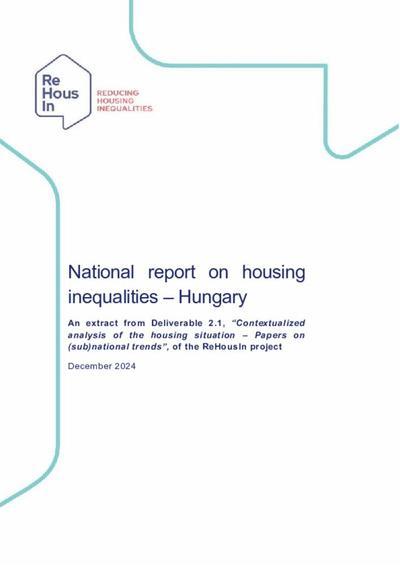National report on housing inequalities – Hungary
An extract from Deliverable 2.1 “Contextualized analysis of the housing situation – Papers on (sub)national trends”
By 2022, just 2.5% of Hungary’s housing stock remained municipally owned, largely consisting of the lowest-quality homes occupied by the most disadvantaged groups. From 2015 to 2023, average house prices rose by 250%, while real rents at 2022 prices increased by 205%. Affordability worsened, with the house price-to-income ratio around five in recent years and rent-to-income ratios exceeding 30% after 2019. After 2015, the housing output is among the lowest in the region (c. 1.875 new dwellings/1000 inhabitants in 2023). While the social housing rate is extremely low, 35-40% of the population struggles to afford housing costs. As a result, intergenerational transfers play a crucial role, with many families residing in substandard conditions—high-density, poor-quality homes with low energy efficiency—often located far from workplaces. While housing conditions improved overall, disadvantaged groups saw less benefit, causing widening inequalities.

Publication date: